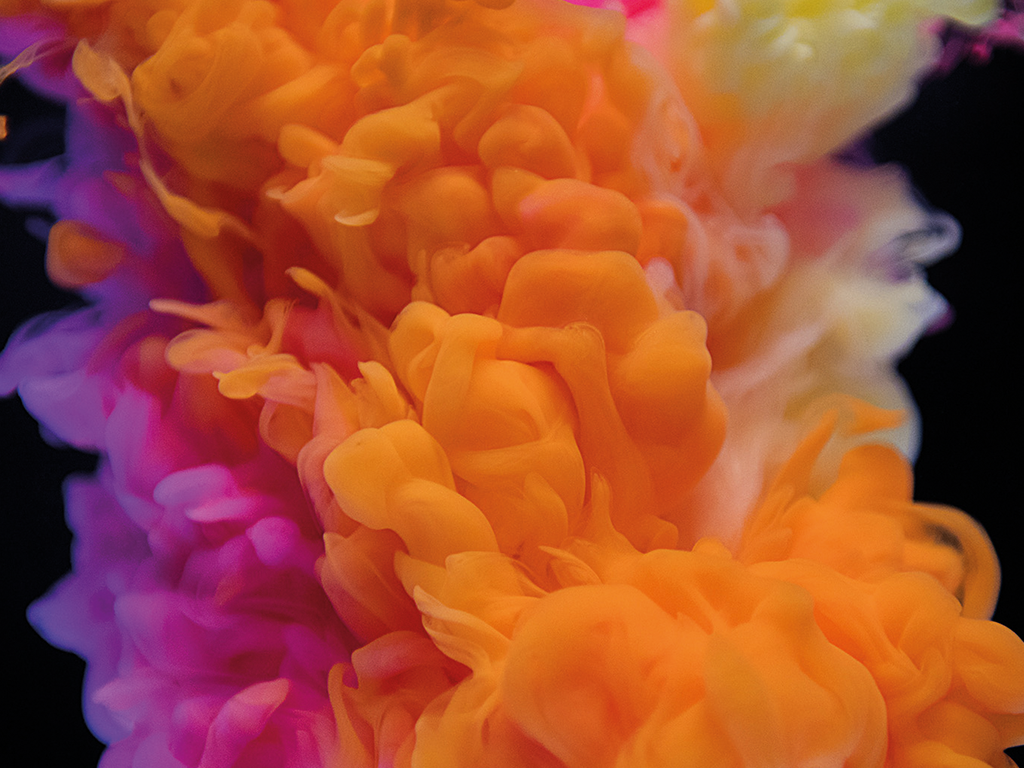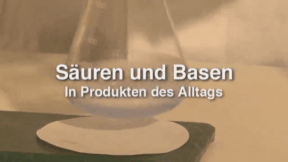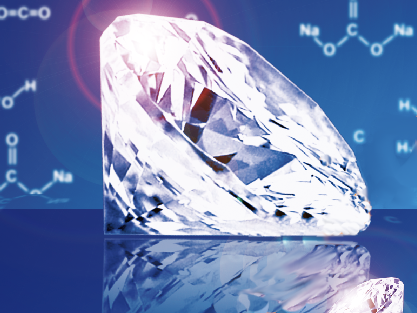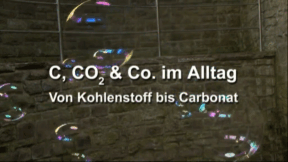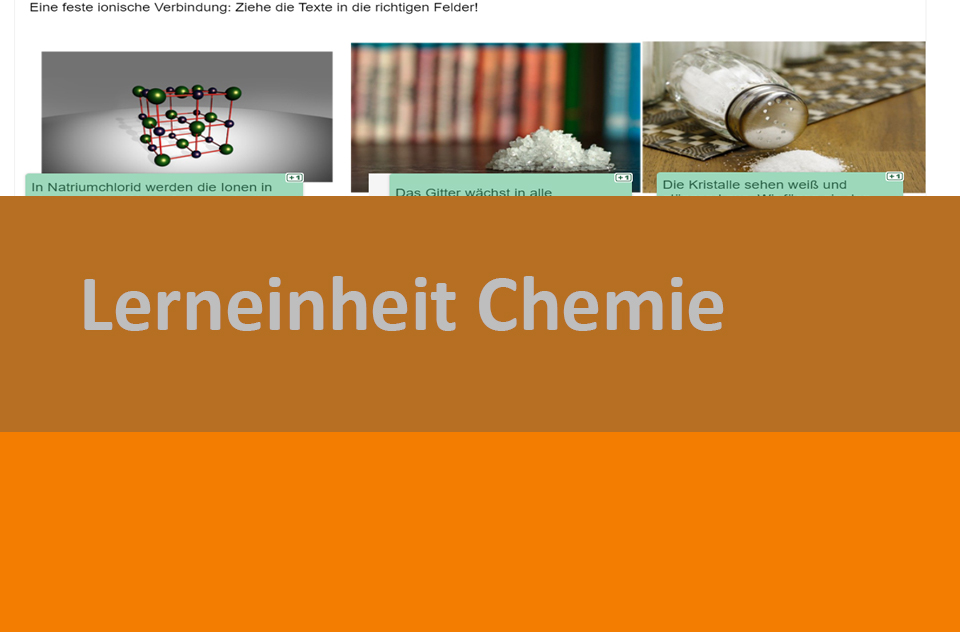
55502616
Vergleich von ionischen und kovalenten Verbindungen
In 11 interaktiven Aufgaben wird Wissen zu ionischen und kovalenten Verbindungen vermittelt und anschließend abgefragt.
Das Medium bietet H5P-Aufgaben an, die ohne zusätzliche Software verwendbar sind.
Durch interaktive Aufgabentypen wird das audiovisuelle und interaktive Lernen einfach.
Lernen macht jetzt Spaß!
Included Tasks
- I Ionische und kovalente Verbindungen - Lückentext
- II Eine feste ionische Verbindung - Interaktive Aufgaben
- III Eine feste molekulare kovalente Verbindung - Interaktive Aufgaben
- IV Eigenschaften - Gitterstruktur - Interaktive Aufgaben
- V Die Eigenschaften von ionischen Verbindungen - Interaktive Aufgaben
- VI Die Eigenschaften von kovalenten Verbindungen - Interaktive Aufgaben
- VII Eine Verbindung-Quiz - Interaktive Aufgaben
- VIII Kovalent oder ionisch? - Interaktive Aufgabe
- IX Löslichkeit in organischen Lösungsmitteln - Interaktive Aufgaben
- X Warum leiten feste ionische Verbindungen keinen Strom - Interaktive Aufgaben
- XI Kovalente Moleküle - Interaktive Aufgaben
Curriculum-centred and oriented towards educational standards
Matching
Solutions, Emulsions and Mixtures of Substances
Be it milk in a cereal bowl, tea in a glass or the air around us. We constantly come across mixtures of substances in our everyday lives. As the name suggests, they are mixtures – mixtures of several so-called pure substances.
Acids and Bases
We can find acids and bases in every supermarket, some of them in our food, others in cleaning agents. In everyday products, acids and bases as well as acidic and alkaline reacting salts have extremely different functions. In food, acids are either present or added as flavouring agents such as citric acid, tartaric acid and acetic acid, as antioxidants such as ascorbic acid or generally as acidifiers, sequestrants (citric acid and tartaric acid) and preservatives (acetic acid).
C, CO2 and Associates in Everyday Life
All organic matter contains carbon. Coal is deposited in the Earth's interior. It developed about 300 million years ago from plants in a geological period which is also called Carboniferous. During the combustion of organic matter, carbon turns into the gas carbon dioxide. Dissolved in water, it becomes the so-called carbonic acid. Carbon dioxide is an incombustible, colourless and odourless gas that is easily dissolved in water. With various metal oxides or hydroxides it forms two types of salts: the carbonates and the hydrogen carbonates. As calcium carbonate it is contained in natural products such as chalk and egg shells. Specific forms of carbon, called modifications, are graphite and also the particularly valuable diamond.




